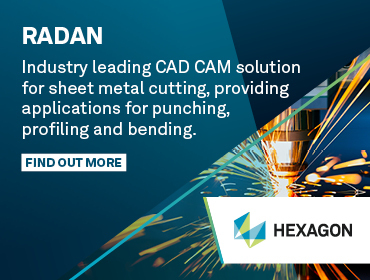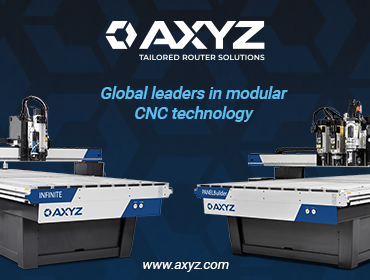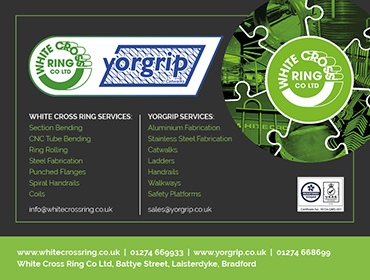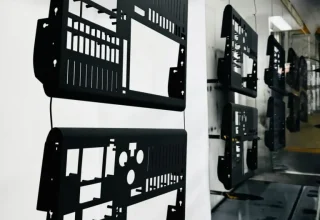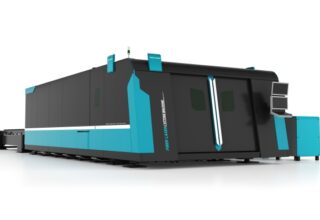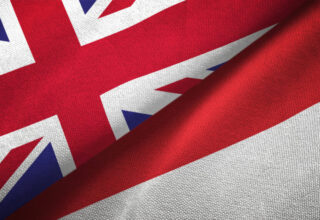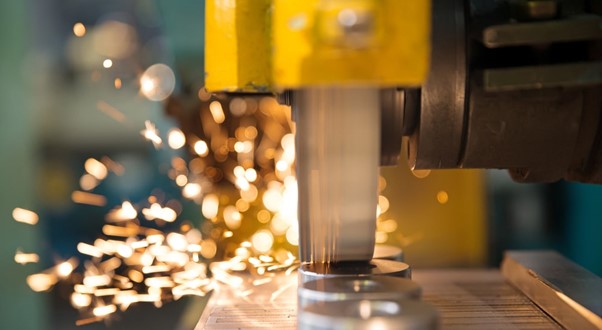
Metal finishing is the final step in the manufacturing process. It is used for aesthetics and protection from external environments, such as rain and chemical cleaning sprays. Nearly all types of metal products have a surface finish to complement their intended use. With numerous types of metal finishing processes, below we will go through the most commonly used metal finishes.
Types Of Metal Finishing Techniques:
Plating
Plating, otherwise known as electroplating, gives metal products a metallic coating. The plating process involves placing the metal product under a chemical bath. The chemical bath coats the metal surface with nickel, chrome, zinc or cadmium.
To reduce rusting, cadmium or zinc is suitable whilst chrome and nickel make the product more durable. Overall plating helps to increase the product from corrosion, chemical damage and wear and tear.
Silverware is a perfect example of plating being used in everyday life. Not only does metal plating help the cutlery retain its appearance, it also prevents it from discoloring and losing its shine.
Powder Coating
Powder coating is a protective finish that involves adding a layer of melted plastic powder onto the metal product. There is the option to have either a glossy, textured or matte finish to the metal surface.
The charge in the metal holds the dry powder particles in place during curing at high temperatures. It’s an expensive method of finishing metal, and it offers an impact resistant surface. Powder coating finishes are available in many different colours and is beneficial for applications where aesthetics really matter.
An example of powder coating being used in real life is for road and direction signs. Despite outdoor conditions, such as rain and snow, the signs do not fade or corrode. The condition of all powder coated finished products do not corrode over the years.
Polishing
Polishing is an abrasive method that is used to improve the surface texture by reducing the surface roughness in metals, after it’s been manufactured. To do this abrasive wheels or mounted points and abrasive powders are used in conjunction with leather or felt wheels to polish down. Overall helping to improve the surface aesthetics.
Some examples of products which have a polished finish are jewellry, bronze and brass decor.
How To Choose The Right Metal Finishing Process?
Not all metal products will have the same finishing process. Some focus on improving the aesthetics, whilst other finishing processes focus on improving the products availability.
When it comes to choosing the right metal finishing processes for you, you need to consider:
- Production speed – how quick will the finishing technique take to apply to the product? If you are short on time then a long finishing process will delay production.
- Effectiveness – some finishing machines are expensive but they may compensate for the price by being much quicker and offering the desired finish.
- Metal hardness – hard metals usually require more intense finishing techniques like grinding.


